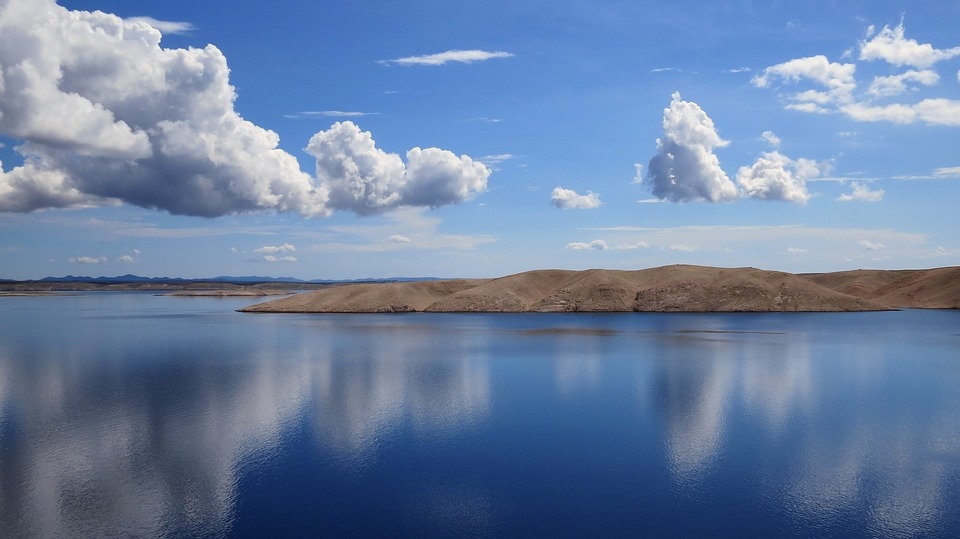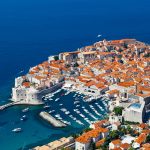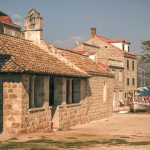As Morski/Josip Portada writes, just north of the town of Pag, between Kotica and Veli bok, above a small sandy beach, there is a barely visible opening that leads into a cave where a person of medium height can fully stand up. The cave, which isn’t far at all from Kotica was initially explored by speleologists back in the 1970s, when it was determined that, just 32 metres from the cave’s opening, the rest was impassable due to collapsed stones and earth.
Research undertaken since has shown that the cave was probably part of the underground flow of a river, which, in an as yet undetermined geological period, appeared on the island of Pag from the mighty Velebit. The submerged river, which existed or could have existed in the central part of the island of Pag, was talked about as early as the 1960s.
In a joint scientific paper, Jasmina Lukac Reberski, Josip Terzic and Stipe Dolic stated at the fourth Croatian Geological Congress back in 2010: “The morphology of the island of Pag plays a significant role in the accumulation and flow of groundwater. Fields in the Eocene syncline are very favourable for water accumulation. The core of the anticline most likely acts as an underground watershed, and part of the water in the limestone drains out towards the fields and partly towards the sea. Therefore, there are a large number of small coastal springs and springs.”
This question of the submerged river and estuary on Pag was also explored by prof. Dr. Antun Magdalenic, who, way back in 1963, in his work on this research, stated that on the island of Pag there is an underground mixing of infiltrated water with sea water which “extends like a wedge into the interior under fresh and brackish water due to differences in density.”
Assumptions about the existence of these rivers were confirmed by geological research back in 2002 and 2003, and then the allegation of the underground mixing of that river water with the sea was confirmed. During the 1970s, INA organised for oil exploration to take place on the island of Pag, and numerous wells were drilled for that purpose. Most of these wells were drilled near Crnika beach, at the foot of Ledenik and the Sveti Juraj peak. Geologist Jeronim Bulic, who later became the curator of the Croatian Museum of Natural History in Zagreb, took part in these very activities. No oil was found, but something else rather interesting was found. Bulic said that, during the Austro-Hungarian Empire, lignite was mined near Crnika, and Austrian engineers then found the remains of fossils and recorded everything very neatly.
”That was the starting point, their recording of fossils, based on that we went on to research it further,” said Bulic.
Geologist Jeronim Bulic said that 18 million-year-old Miocene deposits were found on Crnika beach, with numerous fossils, a crocodile tooth and volcanic dust deposits. On the opposite side of Pag Bay, in the area of Ledenik, geological structures were observed which indicated the possible existence of an underground water flow. The cave near Kotica was especially interesting, however, the research wasn’t continued.
It was assumed that Vela lokva and Mokra stena on Ledenik were probably connected with the course of the submerged river. Another indication of the existence of groundwater was found on Ledenik, among others on the rock that dominates the area around Vela lokva. On this rock there are obvious traces of the action of water coming “from a possible inner pool, through the structure of permeation with its support.” However, thorough geological research should be conducted to prove the assumption that in the past, north of the town of Pag, there was a submerged river whose source was on Velebit and its mouth in Pag Bay.
For more, make sure to check out our dedicated lifestyle section.










